November’s Bird of the Month is the Killdeer, and here is the article in the November Kite written by Ben Kolstad.
“Our year-round shorebird. Charadrius vociferus. Probably the most widespread, common, and recognizable shorebird in the county (if not the country), the Killdeer doesn’t need a body of water to be comfortable. You can find this bird around open meadows, mudflats, and fields—including the athletic fields at local parks and schools.
The Killdeer has a distinctive posture, long and “horizontal.” It also has distinctive markings—two thick breast bands (I think of a collar and cummerbund), a bright orange rump, and a dark, “plain” (no spots, no stripes, no bars) brown back. (It’s possible to confuse Semipalmated Plover and Killdeer if you don’t pay attention to how large the bird is or how many thick black stripes there are—the smaller Semipalmated Plover has only one collar.)
Pete Dunne’s nickname for this bird is “Noisy Plover,” and it’s an apt description: I almost always hear this bird before I see it. Its taxonomic name is Charadrius vociferus, and it lives up to its name, piping loudly and frequently. It’s a two-syllable call that many people say “names” the bird, often transcribed as “kill-dee” or “kill-deer,” although I hear it more as “tee-dee” myself. Perhaps the only louder and more insistent complainant among our shorebirds is a Black-necked Stilt with a nest or young nearby.
If you’re tromping through the field of a nesting bird, rather than looking from a boardwalk railing or down from a levee, you might discover some interesting behavior. This is one of several shorebirds that use the “broken-wing” tactic to try to distract attention from their nest or young. The adult will sort of flop down conspicuously in front of you with one wing dragging on the ground, moving with difficulty, as if struggling to get away. It will lead you just far enough away from its nest or young to feel that they’re out of danger, and its wing will miraculously heal itself and the bird will launch into the air, crying tee-hee, tee-hee! (You shouldn’t try to provoke such a display—never intentionally disturb a nesting pair—but if you happen to see one, don’t feel too guilty to enjoy it.)”
(Photographer’s please note that next month’s December 2016 Bird will be the Black-bellied Plover)
- Killdeer by Gael Silverblatt
- Killdeer by Gael Silverblatt
- Killdeer at Loxahatchee NWR by Larry Hess
- Killdeer at Riverbend Park by Larry Hess
- Killdeer at Loxahatchee NWR by Paul Thomas
- Killdeer at Pine Glades by Paul Thomas
- Killdeer at Peaceful Waters by Paul Thomas
- Killdeer by Susan Faulkner Davis
- Killdeer by Susan McKemy
- Killdeer by Susan McKemy
- Killdeer by Susan Young
- Killdeer by Susan Young

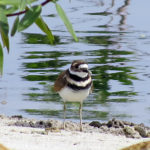
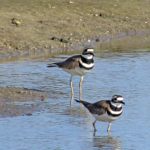
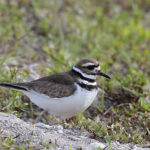
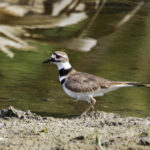
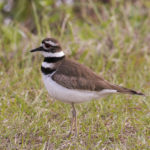
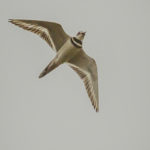
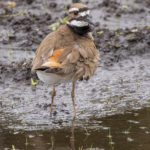
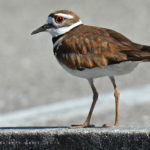
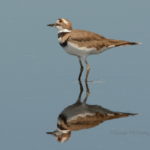
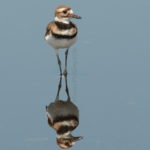
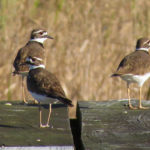
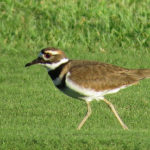
Comments are closed